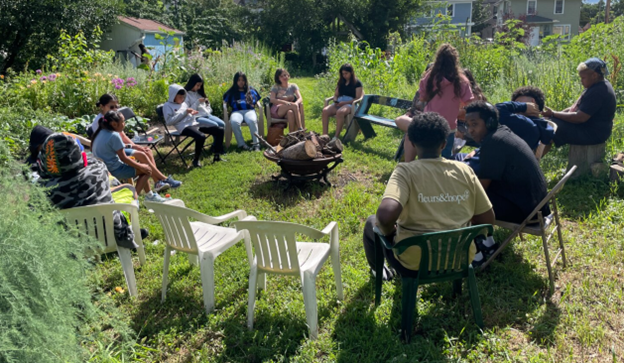This Roof Depot Land Is Ready To Heal
East Phillips is ready to rise. In Minneapolis – a city long divided by race, pollution, politics, and pain – this Southside neighborhood is showing a new way forward. It’s a path rooted in care, justice, and restoration.
The East Phillips Urban Farm is more than a neighborhood development project. It is a bold, community-led vision to reclaim land poisoned by decades of environmental racism and convert it into a thriving hub of healing with fresh food, clean energy, good jobs, and cultural connection. This is what restorative practices look like in real life.
That vision is now at risk.
After years of organizing, legal battles, and raising more than $10 million, the East Phillips Neighborhood Institute (EPNI) stands ready to buy the 7-acre Roof Depot site from the city of Minneapolis.















